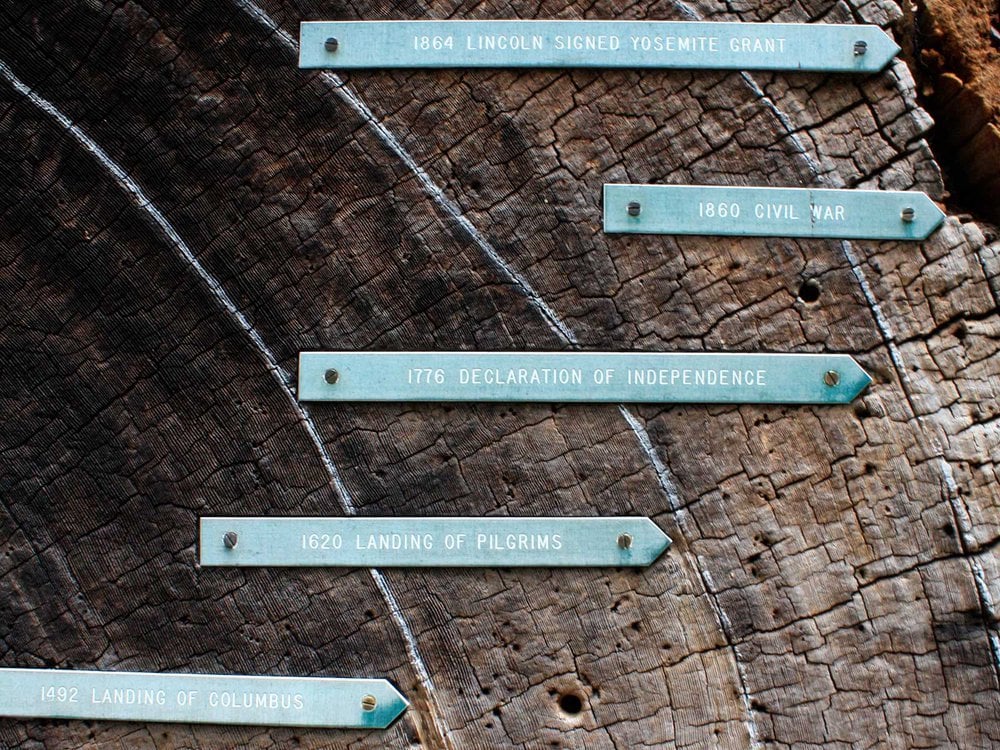
What and where are the oldest known trees on the planet?
If you include plants that can regenerate, the upper age limit could be ten thousand years or more. Such superorganisms, including the famous aspen grove nicknamed “Pando,” are made up of genetically identical trunks connected through a single root system that sends up new shoots over time. These clonal colonies are impossible to date with precision, because the oldest substance long ago decomposed.
Many lists of oldest trees stick to single-trunked plants that produce annual growth rings. These kinds of trees are easier to date. Scientists called dendrochronologists focus on assigning calendar years to tree rings and interpreting data within those rings. By using a hand-cranked tool called an increment borer, they extract core samples without depriving the tree of strength and vigor.
As a rule, gymnosperms—flowerless plants with naked seeds—grow slower and live longer than angiosperms, flowering plants with fruits. Gymnosperms include ginkgo and every kind of conifer—including yews, pines, firs, spruces, cedars, redwoods, podocarps, araucarias and cypresses. Roughly 25 gymnosperm species can live 1,000 years or longer. The cypress family contains the most millennials, but the longest-lived species is a pine with an effective age limit of five millennia. By contrast, eight centuries is extremely old for an oak, an angiosperm. And only one kind of flowering plant, a baobab, has been positively dated beyond one millennium.
During research for my book Elderflora: A Modern History of Ancient Trees, I learned a lot about the world’s oldest growers. Here are some of the most exceptional specimens.
